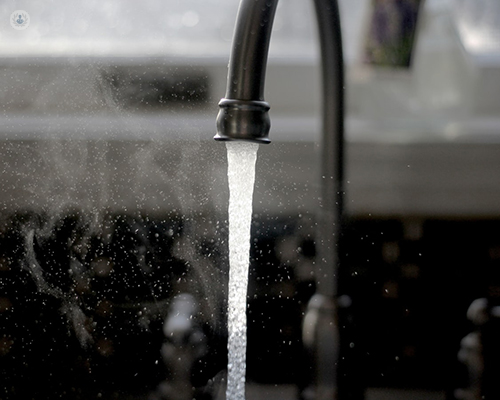HoLEP: is it effective for an enlarged prostate?
Autore:Holmium laser enucleation of the prostate (HoLEP) is a modern highly-effective minimally-invasive prostate operation to treat men with obstructing bladder symptoms or retention of urine. Here, top urologist Mr Simon Brewster explains who would make an ideal candidate for the procedure that treats benign prostate enlargement, if it is effective and if there are any side effects.

Who is an ideal candidate for HoLEP treatment?
Men who are reasonably fit with urinary symptoms or retention, who have an enlarged prostate and who are not helped by medical treatment (drugs), are candidates for HoLEP.
It is used for prostates of all sizes, but while there are several choices for men with smaller glands, it is the undisputed best option for larger prostates (measuring more than 80ml).
The reason for this is that there is the greatest amount of tissue removed without risks of serious complications that can occur with the more traditional operations. It is mostly used for benign enlargement rather than cancerous glands.
What is the process like?
It is carried out under general or spinal anaesthetic and takes two to four hours, depending on the size of the prostate gland.
Using the very safe holmium laser, a large amount of obstructing prostate gland tissue is "shelled-out" and evacuated from the bladder via the urethra (in the penis).
This leaves a cavity within the prostate, which allows rapid flow of urine through the prostate when the catheter is removed, usually the following day.
In order to help decide the best type of prostate operation, it is essential to have a urine flow rate test and a measurement of the prostate size.
How effective is the procedure?
The prostate is like a doughnut with a hole in the middle: it wraps around the urethra (water pipe) at the exit of the bladder. As the prostate grows with ageing, the hole in the middle gets tighter and obstructs the bladder when it tries to empty, causing a variety of symptoms and occasionally complete blockage (acute retention), bladder stones or kidney failure due to back-pressure.
There are several types of prostate operation to treat obstruction, some involve removing tissue and others involve shrinking the tissue or using implants to hold the prostate open. All kinds of operations may be successful in the short term (one to four years) but as the prostate remnant continues to grow, an obstruction can develop again.
HoLEP is the most effective procedure of all in terms of giving a durable long-term (more than 10 years) outcome because so much tissue gets removed compared to the other options.
However, a few unlucky men (up to 20%) continue to have symptoms no matter what treatment they have. This is because their bladder doesn't recover from the effects of the obstruction or they develop a scar tissue "stricture" inside the urethra.
What are the side effects of HoLEP?
Compared with traditional options for big prostate glands, including the open enucleation (Millin) procedure, HoLEP is much safer and less complicated. Instead of spending five nights in hospital with a catheter and a high chance of needing a blood transfusion, a stay in hospital is often not required or just one night.
HoLEP rarely causes significant bleeding, although anticoagulants must be stopped beforehand. Nor does it disturb the electrolyte composition of the bloodstream. Urinary infection can occasionally occur afterwards necessitating a course of antibiotics.
Temporary incontinence necessitating pads occurs in 3/100, which rarely persists. Persisting symptoms and stricture are mentioned above. I always warn my patients that they may experience intermittent shows of blood, an urgency to get to the toilet and leaks for a few weeks after HoLEP.
This is because the cavity is healing and the bladder is getting accustomed to no longer being obstructed. Retrograde (dry) ejaculation is common and erectile dysfunction is very occasionally reported.
Book an appointment now with Mr Brewster to discuss whether you’re an ideal candidate for the HoLEP procedure.


